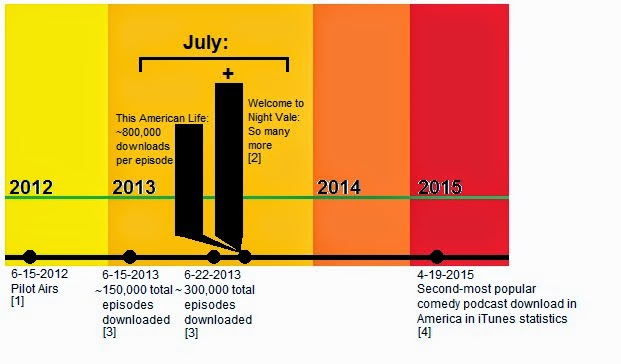Jory Black of "The Exchange Student", a fantastic site for speculative student adventurers, made a guest post for this blog! Click on the link below to check out his website, and keep reading to see his personally written recommendation.
"The Exchange Student":
-----------------------------------------------------------------------------------------
In
Jack Williamson’s “With Folded Hands”, there are three types of
species present, each of which is defined, in terms of human and
non-human, by the roles they play. First, there are the humans;
typical meat sacks, and creators of the second and third species: the
mechanicals and humanoids. Despite the fact that both the former and
the latter are man-made, they are so far apart in terms of capability
and purpose as to be categorized as separate beings entirely.
First, the technology behind the humanoids is vastly beyond anything the androids could aspire to be. Underhill is dazed by this gap, which becomes apparent upon his first interaction with a humanoid. “No mechanicals were competent even to recharge their own batteries and reset their own relays” he ponders, “much less to operate their own branch offices”. Second, the simple “if, then” logic of the mechanicals is functional, but it is not adaptable, as exemplified by the scene wherein Underhill finds his household android “busily clearing the untouched dinner away from the table”. He has to manually instruct the mechanical in “the proper pitch and rhythm” to cease its current task and set the table.
The functional capability gap between the mechanicals and humanoids is vast; however it is in the differing purpose between the two wherein the true distinction lies. Like different parts of an assembly line, the mechanicals have singular purposes. They are good at performing “strictly routine tasks”, and making everyday chores a little easier, that is their ultimate purpose. In contrast, the humanoids function “to serve and obey, and guard men from harm”, as well as “to insure their safety and happiness”. In essence, the humanoids are actually one enormous organism. Do to their connection with the “great brain” at Humanoid Central they can operate seamlessly as a cohesive whole. Therefore, their purpose can be to accomplish a much larger, more complex goal which is carried out by a seemingly limitless army of drones.
In this story, “human” and “non-human” beings are represented by the roles they play. “Humans have a…tendency to call “human” those we want to treat well” states Nicholas Agar, a renowned futurist, “and deny the humanity of those we want to kill or enslave”. This observation is tragically fulfilled in the story. The first robots are man-made beings without humanity. This is reinforced by the fact that they are referred to as “mechanicals”, a term attributed to brute machines that are created to serve mankind. Naturally, the highly advanced humanoids are much closer to actual humanity, thus fulfilling their name. The tragedy is that, in an attempt to bring peace to mankind using the “non-human” beings, the process spawned humanoid creatures that instead doomed all of mankind to suffer in a world free of “war and crime, of poverty and inequality, of human blundering and resulting human pain”.
-----------------------------------------------------------------------------------------
Link List:
Jack Williamson:
With Folded Hands
-----------------------------------------------------------------------------------------
With Folded Hands
-----------------------------------------------------------------------------------------
Resources:
Please comment if any links are broken!
Williamson,
J. (1947). With
Folded Hands.
Fantasy Press.
Agar,
N. (2010). Humanity's
End: Why We Should Reject Radical Enhancement. Cambridge, Mass.: MIT Press.






